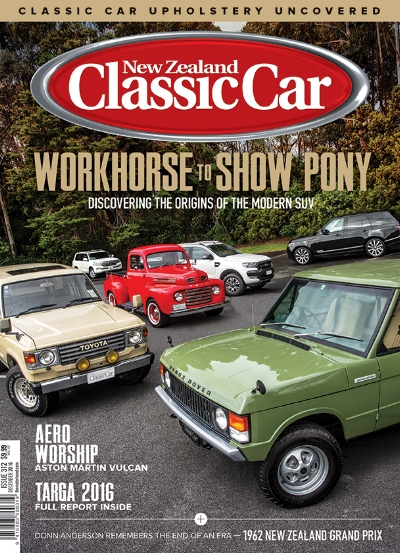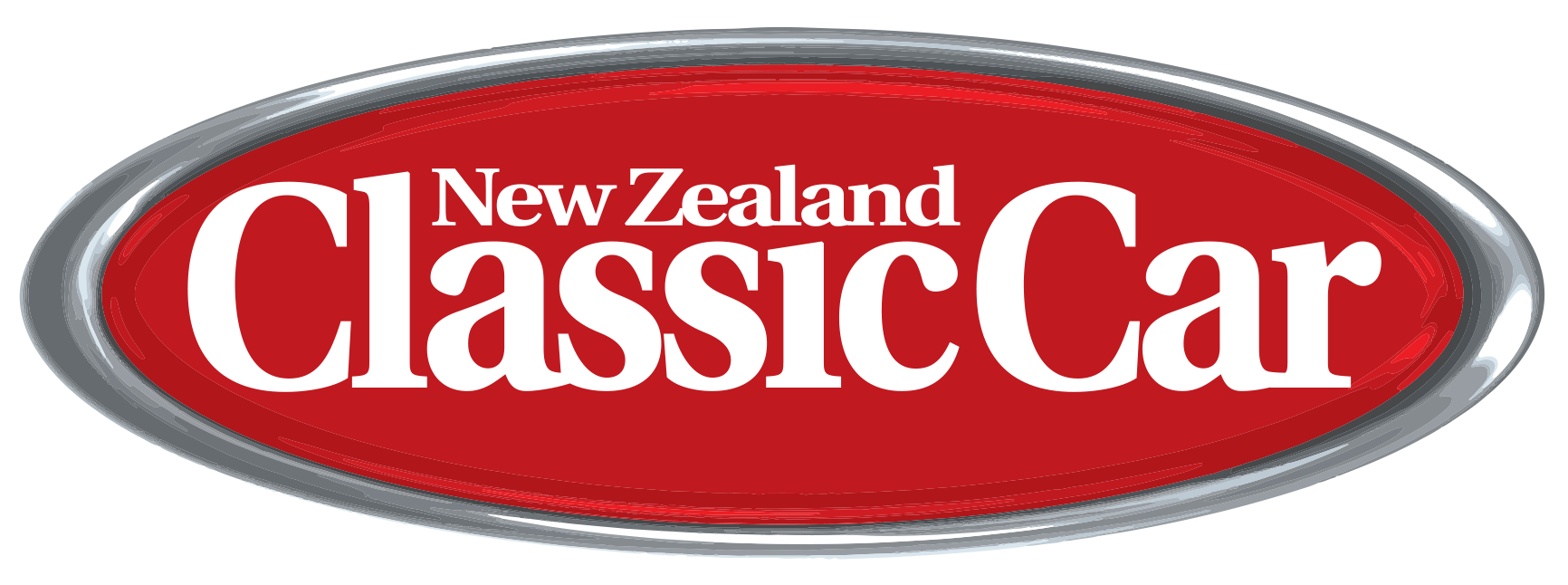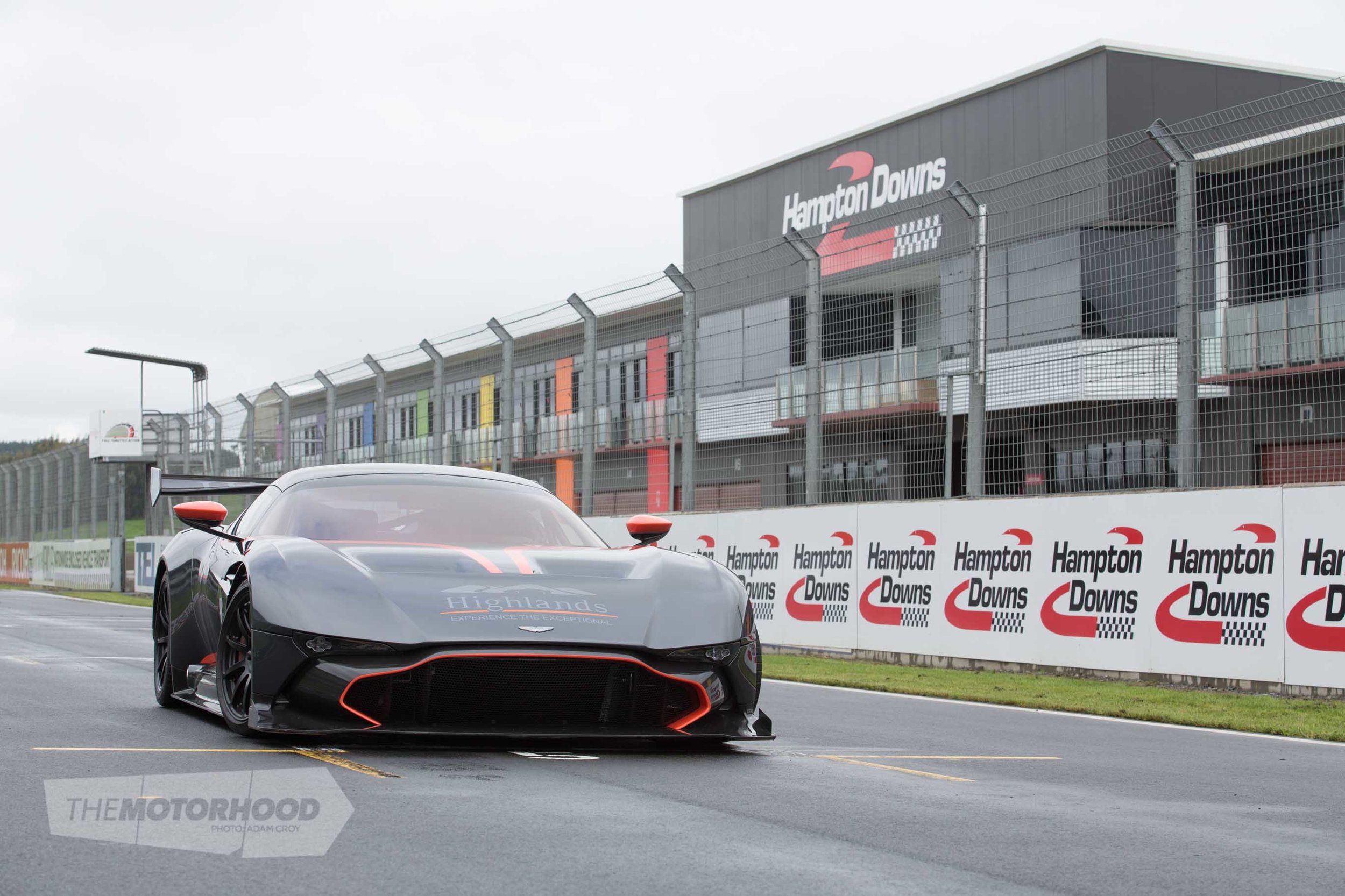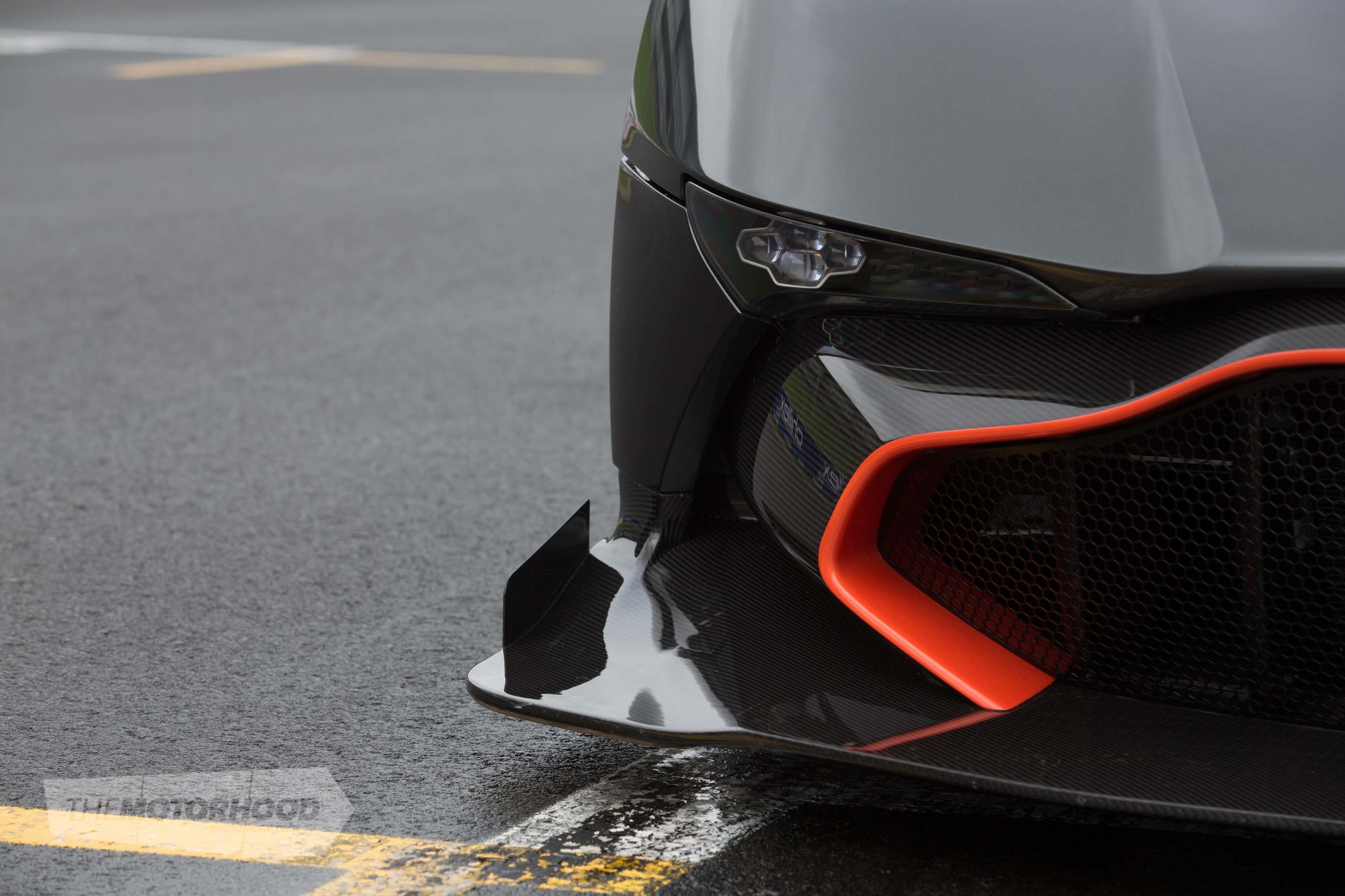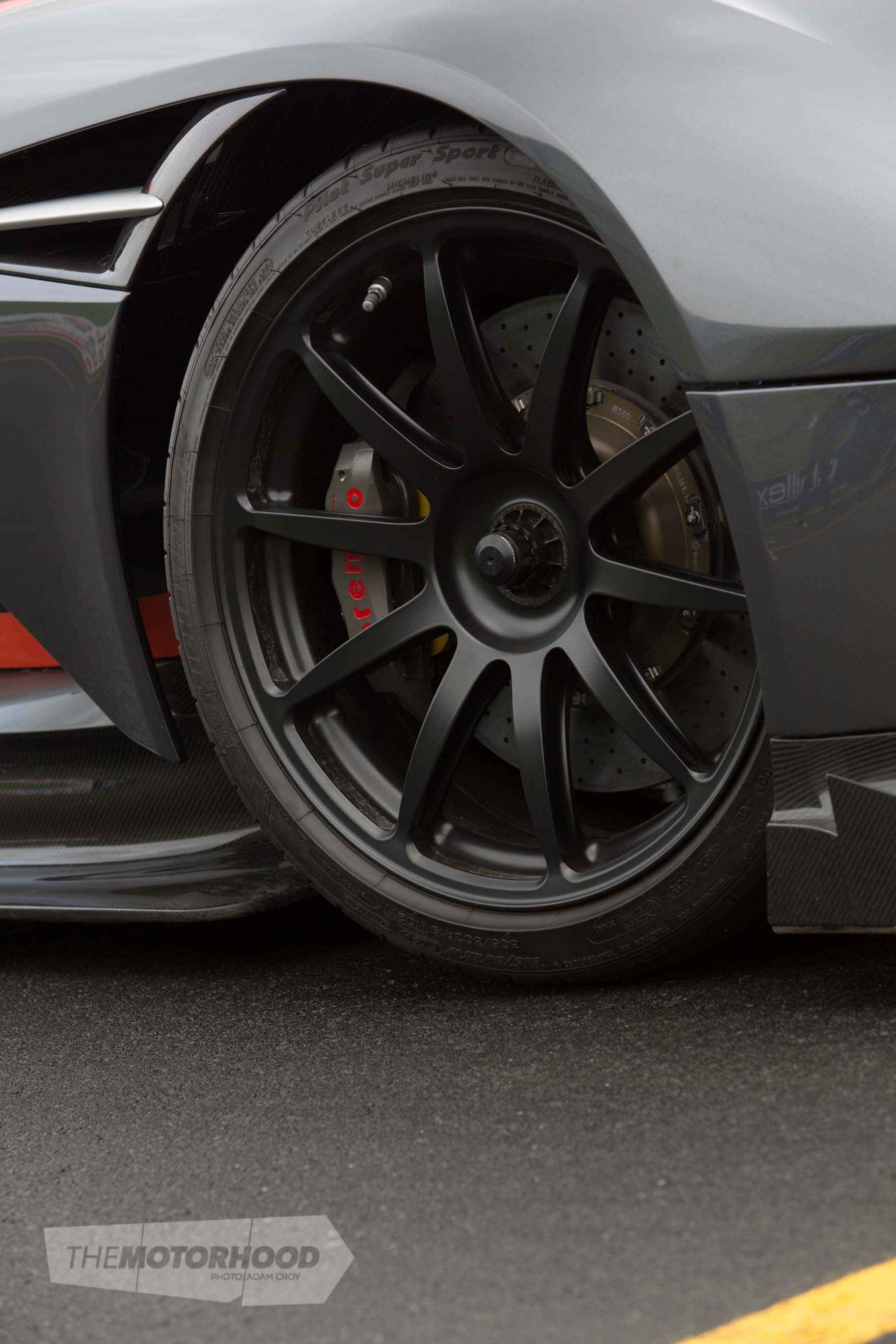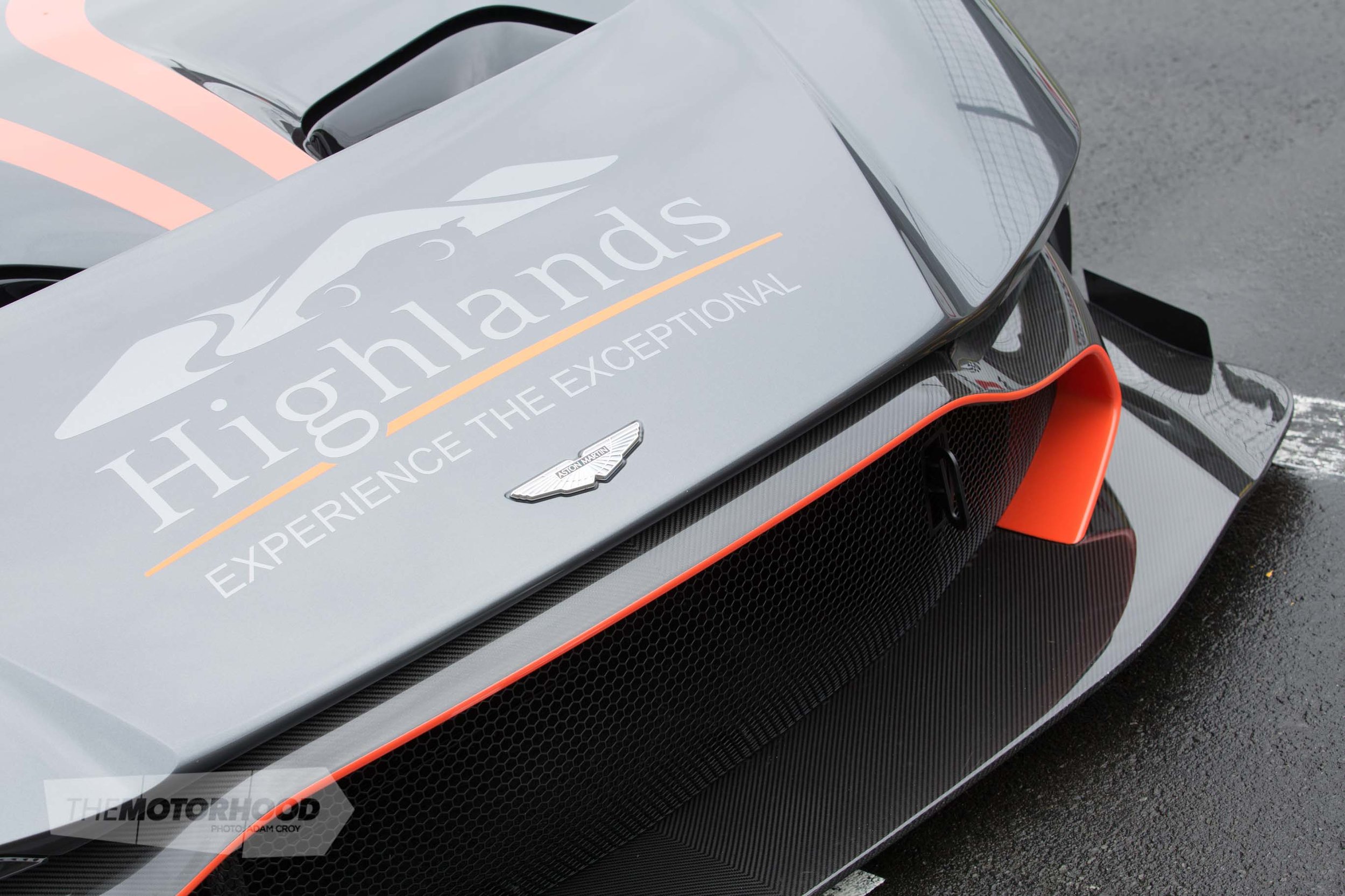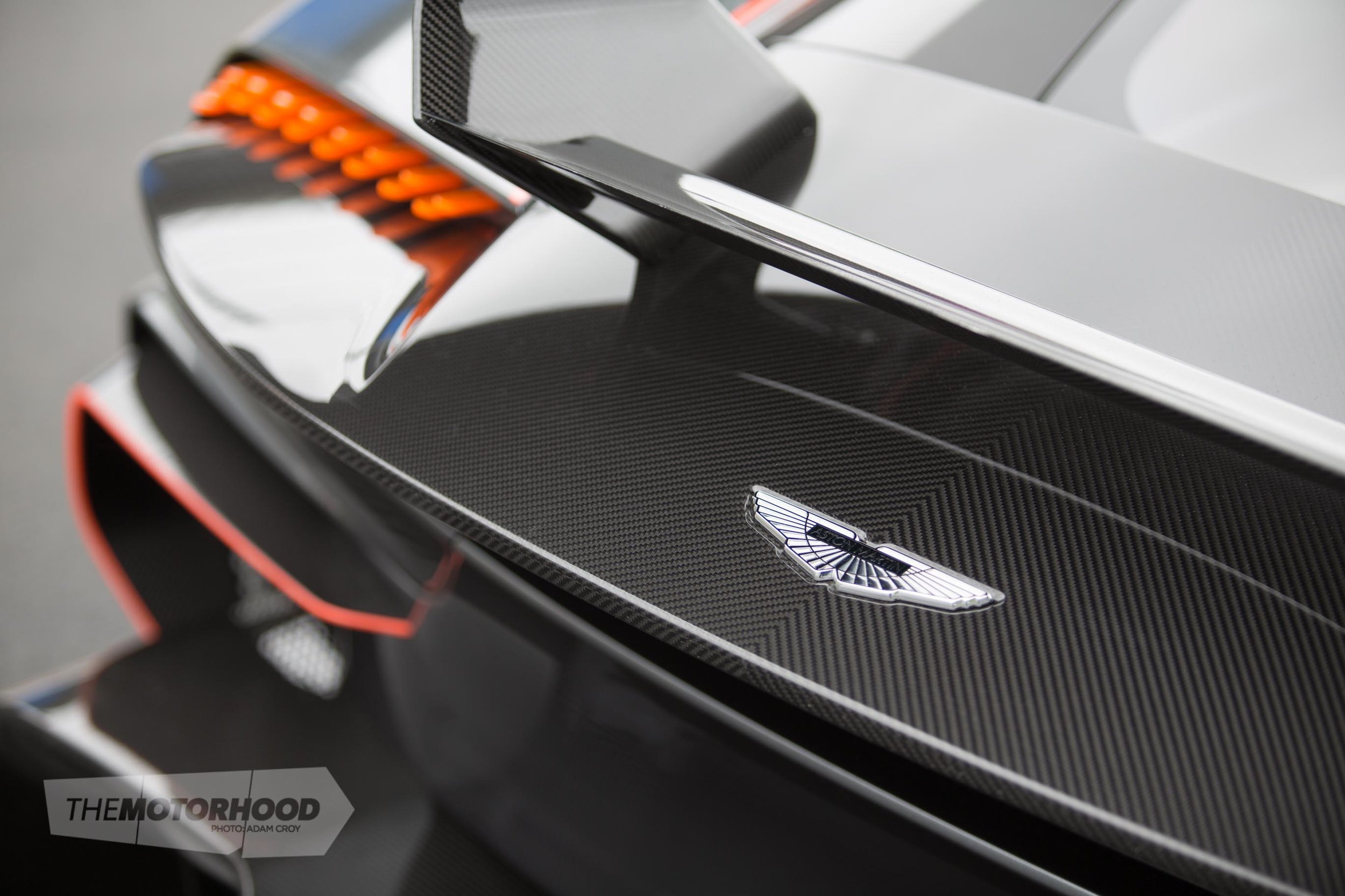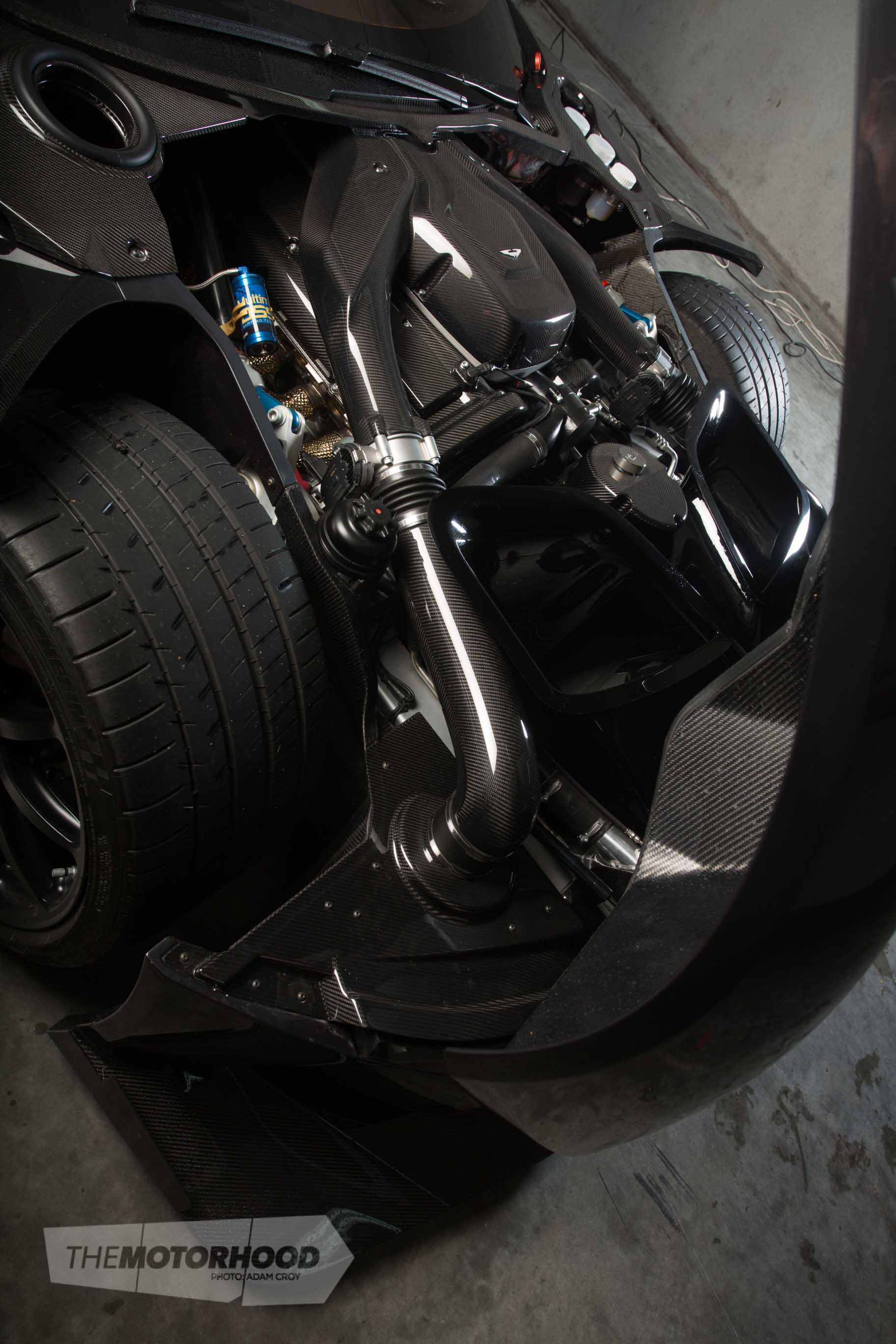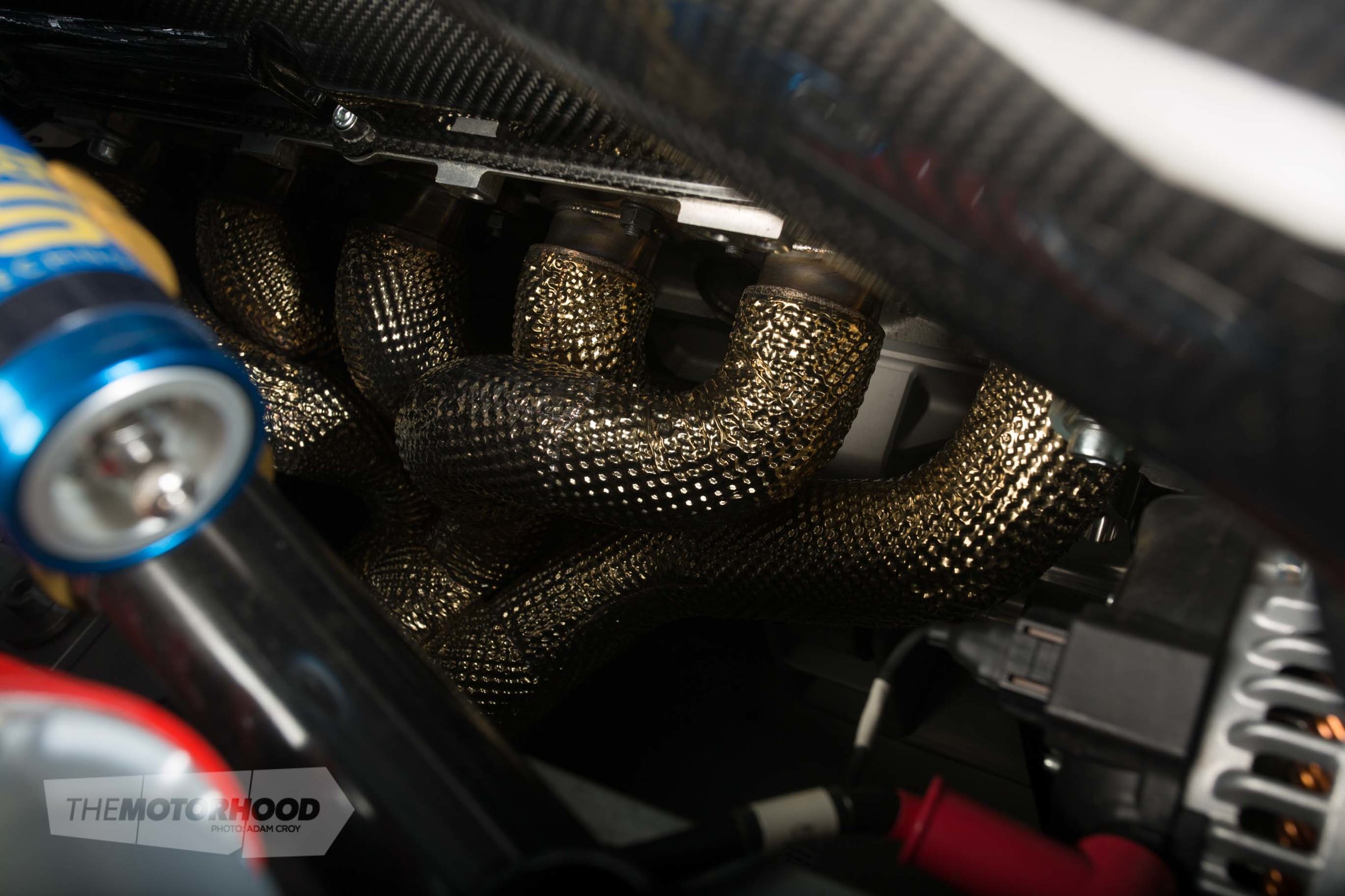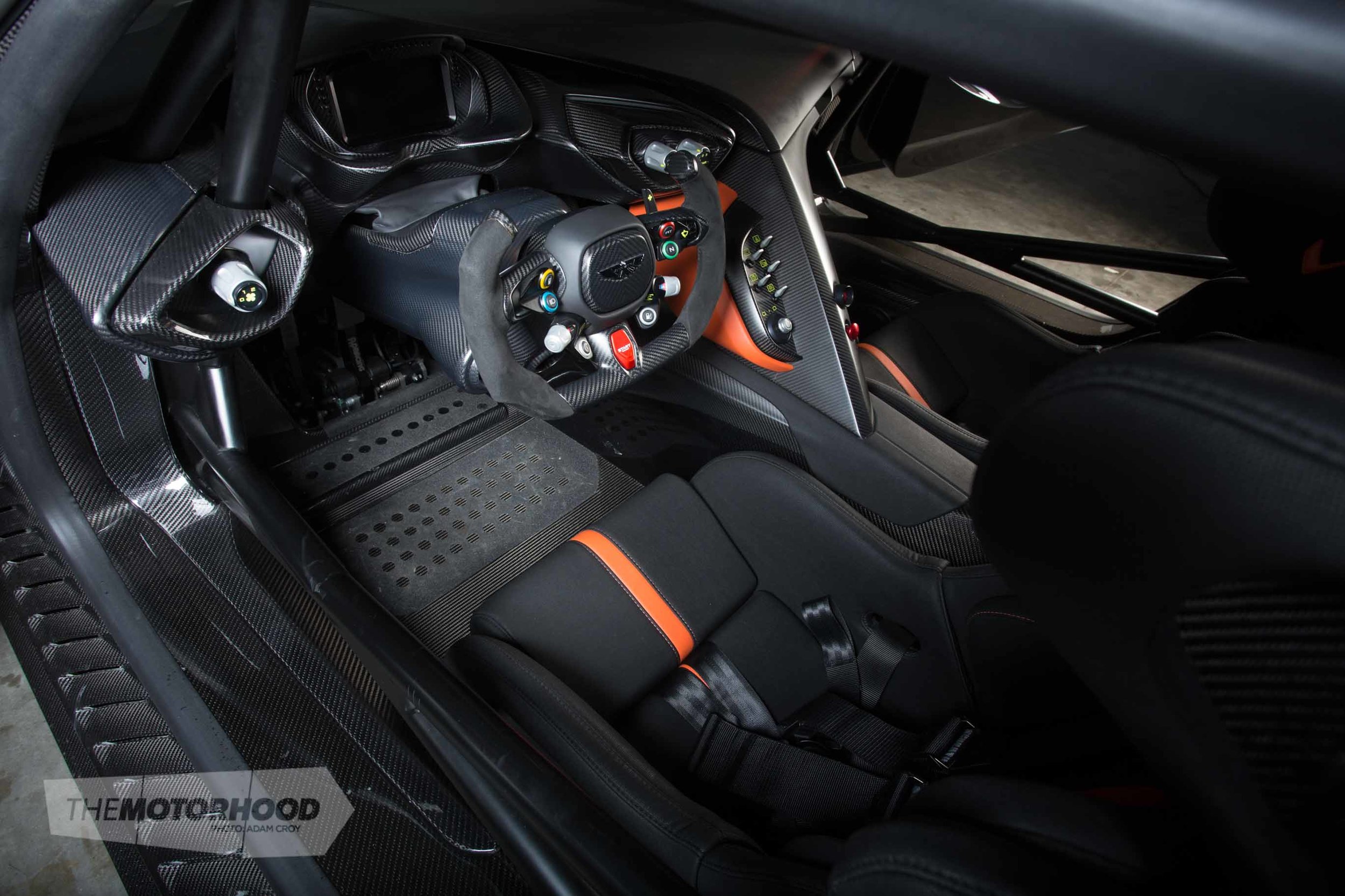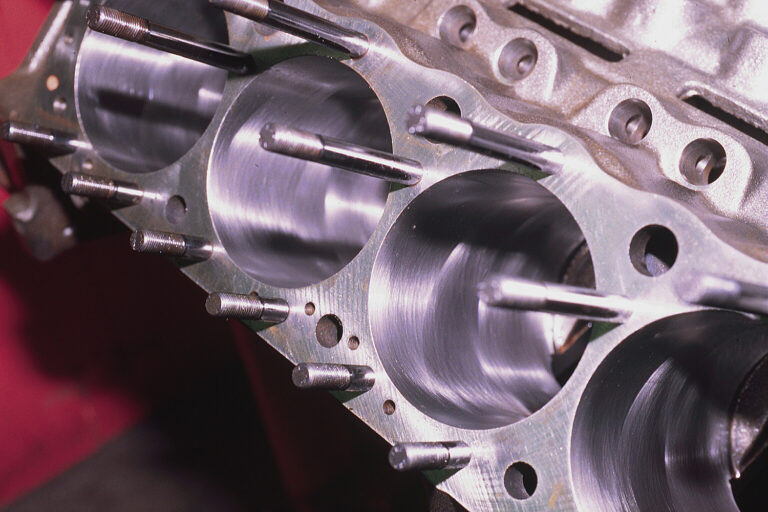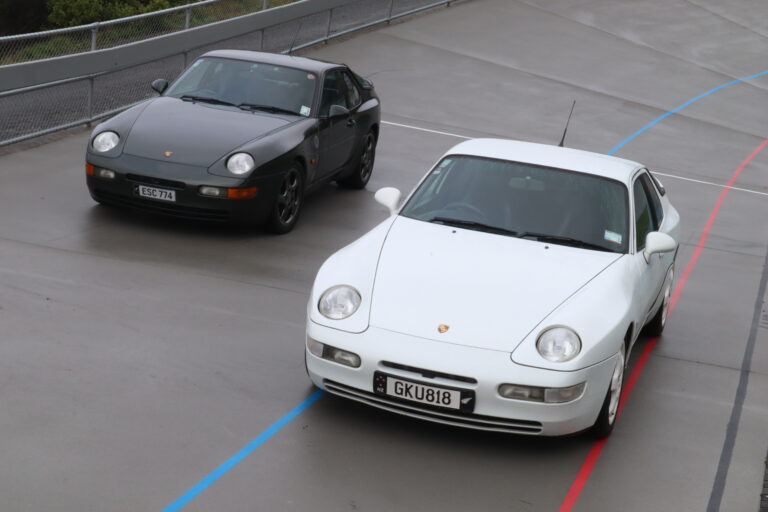This incredible piece of automotive machinery got a fair amount of PR when it arrived in New Zealand last year.
Its owner is businessman, racing driver, and race-track owner Tony Quinn. You might have heard of some of Tony’s exploits behind the wheel over the years. He’s become a mainstay of Targa events here and across the Tasman, and has recently purchased both Highlands Motorsport Park in Cromwell and Hampton Downs Motorsport Park in Waikato.
We briefly caught up with Tony at the recent Hampton Downs 101 event, where the Vulcan was holding court in and amongst some amazing machinery, and asked him, why the Aston? Quite simply, Tony explained, because he was offered one, and how could you pass up that opportunity?
We’ve included a few additional photos that didn’t make it into the feature in the December issue of New Zealand Classic Car (Issue No. 312) — grab your copy below to read the full story.
